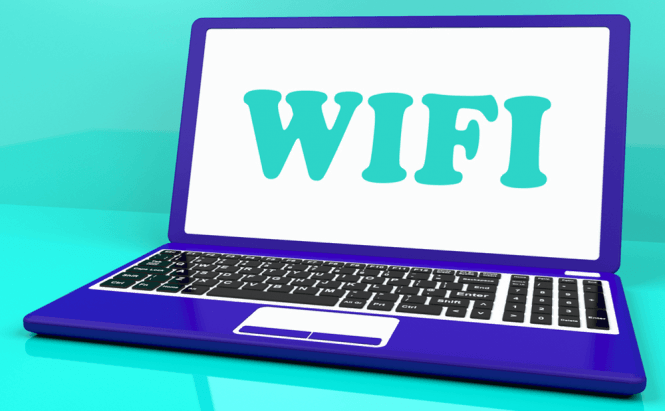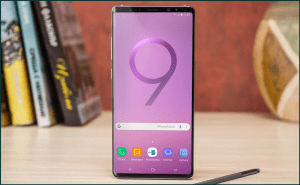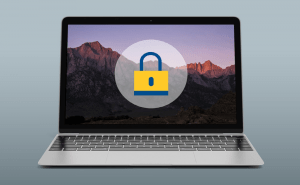 How to fix Windows 10-related WiFi problems
How to fix Windows 10-related WiFi problems
Windows 10 is still a relatively new operating system, and you are likely to encounter a few issues after you install it, even if you use the main version and not the Insider Preview build. For instance, I've seen a lot of people complaining about WiFi-related problems. Since I have also been placed in a situation like this, I thought I would lend a hand and show you a few tricks that might fix your connectivity issues. In most cases, the WiFi problems are caused by outdated drivers or old devices. I'm not sure if your remember, but I've already talked about the old devices problem in the previous article called "Is upgrading to Windows 10 worthwhile from your perspective?" and showed you how to solve it in "How to solve Windows 10 compatibility issues".
So, here is a list of possible WiFi problems I will teach how to deal with. Most of these should occur immediately after upgrading to Windows 10 from Windows 7, 8 or 8.1, while others might simply happen after the Windows 10 update or caused by a random incident:
- WiFi card not present altogether.
- Unable to find a wireless network that your other devices (phones, tablets other laptops) can detect.
- Unable to connect to a hotspot even though the password is correct or encounter the limited connectivity.
- Frequent WiFi disconnects.
Simple solutions - try these first
Whenever there's a serious problem with your WiFi, the first thing that you should check is haven't you somehow shut off the adapter by mistake. Check whether your laptop has a button that does that, or if you haven't accidentally pressed a key combination that triggers the action. This key combination isn't the same for all devices (in my case it's Fn + F11), but you should check your laptop's manual and if that's not an option try the CenturyLink website or simply google your laptop's name along with the "wireless key combination" query (or something like that).
Now, verify if the network adapter is functioning properly. To do this, go to the Control Panel (right-click your Start Menu button to find it), click on Hardware and Sound and then press the Device Manager button. In the new window that opens up go to the Network Adapters section and make sure that there are no yellow signs with an exclamation mark on them and that the names written there actually correspond to the hardware you have. If one of these two conditions isn't met, go to the manufacturer's website and download the most recent driver for the wireless adapter. Even if things appear normal, there have been cases when uninstalling the current driver, then restarting your PC and installing the latest driver from the manufacturer's websites has solved the problem.
Another fairly common trigger for Windows 10 connectivity issues are quite old VPN clients. Microsoft's staff actually stated this on the company's help pages, so if you're using the Cisco VPN client, Sonic Global client or another similarly old one, try uninstalling the software and see if the problem is fixed. From what I've heard, there are also a number of USB Ethernet adapters that don't work well with the latest Windows version, but I don't have a full list with the ones that cause issues. However, you can easily google the name of your USB wireless adapter and check whether it's a general problem or only some people have it.
Advanced solutions
If you're absolutely certain that the previous fixes don't work and that your drivers are correctly installed, here are a few more advanced tricks that can get the job done. However, I would ask you to carefully read and follow my instructions, as we are going to modify some registries and some general Windows settings and, if you change the wrong thing, it can cause enough problems to force you to reinstall the operating system.
Since we're talking about WiFi-related issues, I'm assuming that most of you use laptops, so this solution is just for you (do not try for a desktop PC). Go to Control Panel --> Hardware and Sound --> Device Manager, open the Network Adapters section, then right-click the wireless adapter and select Properties. In the new window that opens up go to the Power Management tab and uncheck the box marked "Allow the computer to turn off this device to save power". If you're still having issues, continue reading.
All the next fixes require the Command Prompt console with Administrator privileges, so right-click the Start Menu and press the Command Prompt (Admin) button.
- In the CMD Admin window type the following command: reg delete HKCR\CLSID\{988248f3-a1ad-49bf-9170-676cbbc36ba3} /va /f and press Enter. Now, (in the same window) type this line: netcfg -v -u dni_dne and press Enter. (You don't actually have to type, you can copy paste the commands from here). Restart your PC and check if your problems have been solved.
- In the CMD Admin window type: netsh int ip reset and restart your PC. Recheck.
- In the command console enter the following lines: netsh int tcp set heuristics disabled and press Enter. Now type: netsh int tcp set global autotuninglevel=disabled and press Enter. Write: netsh int tcp set global rss=enabled and press Enter. Now examine your settings by typing netsh int tcp show global - everything except one entry should be marked as disabled in the list that will be displayed. Restart your PC and see if the WiFi is now functioning correctly.
If you've tried all these solutions, but none of them worked, then you might have a physical problem with your WiFi adapter. Either take your device to a service and have it checked out or buy a USB wireless adapter. If you choose the second variant, you need to find information about the device's range (most of the cheap ones need to be very close to the router to function in decent conditions) and its capacity (the maximum Mbps possible should be at least 150, but I recommend 300). Just as a warning, unless you go for a high-end solution, the USB wireless adapter will not work as well as the default (inbuilt) counterpart.



